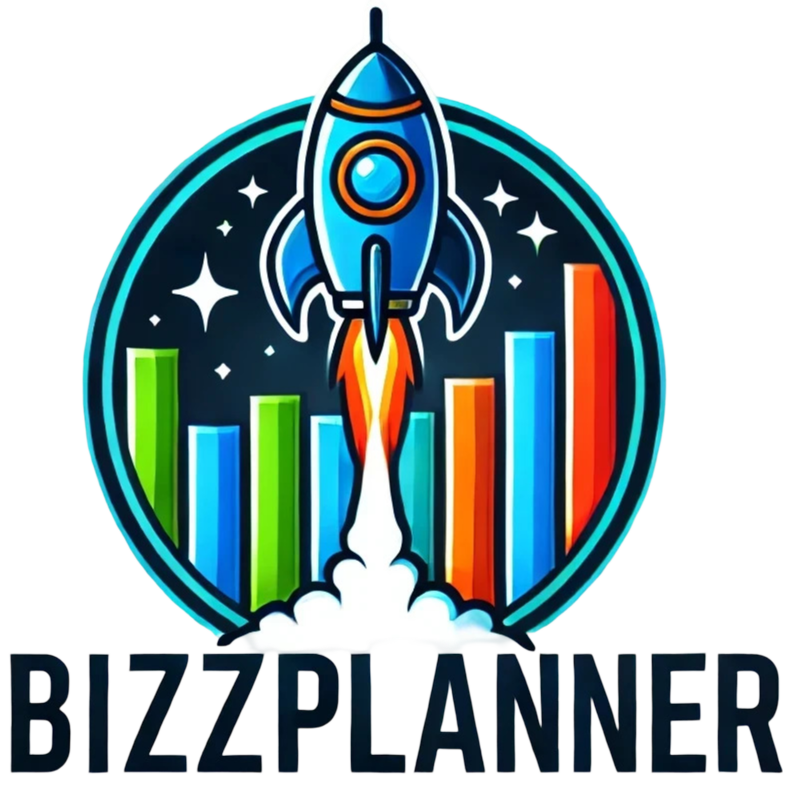Creating a stakeholder map can feel like a daunting task, right? You might be thinking, “Where do I even begin?” It’s easy to feel overwhelmed by the number of people and groups involved in a project, not to mention their varying levels of influence and interest.
But don’t worry! If you stick with me, you’ll discover a straightforward process to make stakeholder mapping a breeze. By following some easy steps, you’ll gain clarity and confidence in managing your project’s key players, turning what once felt like chaos into a coherent strategy.
Get ready to dive into eight simple steps that will help you create a useful stakeholder map. Together, we’ll break it down so you can engage your stakeholders effectively and keep everything running smoothly. Let’s get started!
Key Takeaways
Stefan’s Audio Takeaway
- Start by defining the purpose of your stakeholder map to guide the process.
- Identify all relevant stakeholders, both internal and external, considering their roles and interests.
- Analyze stakeholders’ influence and interest using an Influence-Interest Matrix.
- Choose a clear mapping method that suits your project’s complexity.
- Prioritize stakeholders based on their influence and interest to focus your engagement efforts.
- Develop tailored engagement strategies for different stakeholder categories.
- Create a communication plan outlining messaging and responsibility for each stakeholder group.
- Utilize digital tools for stakeholder mapping and regularly update the map to stay aligned.

Step 1: Create a Clear Purpose for Your Stakeholder Map
When diving into stakeholder mapping, the first step is to pinpoint exactly why you’re doing it. Think about the goals of your project. Are you looking to improve communication, manage risks, or align stakeholders on objectives? Having a solid purpose will guide your entire process.
Write this purpose down and keep it visible. It’s your north star. As you identify stakeholders and map them, refer back to this purpose to ensure your efforts align with your overall strategy.
Also, it’s important to communicate this purpose to your team. When everyone knows the “why,” they’re more likely to buy into the process and contribute better.
Step 2: Identify All Relevant Stakeholders
Next up, you need to identify who your stakeholders are. This isn’t just about listing names; it’s about understanding their roles, interests, and how they might be impacted by your project.
Start with broad categories like internal (team members, managers) and external (clients, community organizations). Then, list specific individuals or groups who fall into these categories.
Research can be your best buddy here. Consider using tools like Mural or looking through organizational charts. It’s also helpful to speak with others in your organization who might have insights about different stakeholders’ influences and interests.
Step 3: Analyze Your Stakeholders’ Influence and Interest
Once you’ve identified your stakeholders, it’s time to dive deeper and analyze their influence and interest levels. This step is crucial because it helps you determine how much attention and resources you need to allocate to each group.
A helpful approach is to create an Influence-Interest Matrix. On one axis, measure their influence over the project; on the other, their interest in it. This could categorize them into quadrants like “Manage Closely,” “Keep Satisfied,” “Inform Regularly,” and “Monitor.”
For instance, a high-influence, high-interest stakeholder might be a project sponsor who needs regular updates and involvement in decisions, while a low-interest, low-influence stakeholder might just need occasional communications. Use this matrix to tailor your engagement strategy moving forward.

Step 4: Choose the Right Mapping Method
Choosing a mapping method is key to understanding and visualizing your stakeholders.
There are a few popular options, such as a grid system or a network diagram.
For large projects with many stakeholders, a grid might work best.
A grid allows you to prioritize stakeholders according to their influence and interest.
A network diagram, on the other hand, provides a visual representation of relationships between stakeholders.
This can be useful for smaller projects to consider the dynamics of those relationships.
No matter what method you choose, make sure it clearly represents the information in a way that is easy for your team to interpret.
Step 5: Prioritize Stakeholders Based on Influence and Interest
Now that you have a clear understanding of your stakeholders, it’s time to prioritize them.
Use the Influence-Interest Matrix you created earlier to categorize your stakeholders.
Classify them into essential, important, or interesting groups.
This will help identify where to focus your engagement efforts.
For example, stakeholders labeled as “essential” may require regular updates and check-ins.
Meanwhile, “interesting” stakeholders might only need infrequent communications.
Make sure to revisit and update these priorities periodically, especially as your project evolves.
Step 6: Plan Stakeholder Engagement Strategies
Having a plan for how to engage stakeholders is crucial.
Think about tailored strategies for each category you’ve identified.
For stakeholders that require close management, consider regular one-on-one meetings or detailed progress reports.
On the flip side, for those who need only to be kept satisfied, lighter updates such as newsletters might be enough.
Also, consider the communication channels that will work best for each stakeholder.
Some may prefer emails, while others might appreciate quick chats or video calls.
Ultimately, crafting a diverse engagement strategy will ensure that all stakeholders feel valued and informed.
Step 7: Develop a Comprehensive Communication Plan
A solid communication plan is the backbone of stakeholder management.
Start by clearly defining the message you want to share with each group.
Then, designate who on your team will take responsibility for communicating with each stakeholder.
Also, establish a routine schedule for these communications.
This can include regular updates, milestone checks, and feedback opportunities.
Don’t forget to monitor how effective these communications are.
Gather feedback to continually improve your approach and ensure stakeholders feel engaged throughout the project.
Step 8: Utilize Tools and Best Practices for Stakeholder Mapping
There are several tools available that can streamline your stakeholder mapping process.
Digital tools like Lucidspark, Miro, and Mural offer collaborative features.
These platforms let you visualize your stakeholder map in real time.
You can use color-coding, tagging, and comments to enhance collaboration among team members.
In addition to choosing the right tool, applying best practices is essential.
Regular updates and iterations of your stakeholder map will help keep it relevant.
So, make it part of your ongoing project review process.
This ensures you stay aligned with your goals and adapt to any changes in stakeholder dynamics.
FAQs
A stakeholder map visually represents the relationships and influence of various stakeholders in a project. It helps clarify the purpose of engagement strategies and aids in prioritizing communication efforts for successful outcomes.
To identify relevant stakeholders, consider anyone affected by the project or who has influence over it. Brainstorm names, categorize by interest and influence, and review organizational charts to ensure comprehensive identification.
Common methods for stakeholder mapping include power-interest grids, influence-impact matrices, and Venn diagrams. Choose a method that best fits your project’s complexity and stakeholder dynamics for better visualization and analysis.
To create an effective communication plan, identify key messages for each stakeholder group, establish preferred communication channels, and set timelines for updates. Ensure the plan aligns with stakeholders’ needs and expectations for optimal engagement.
